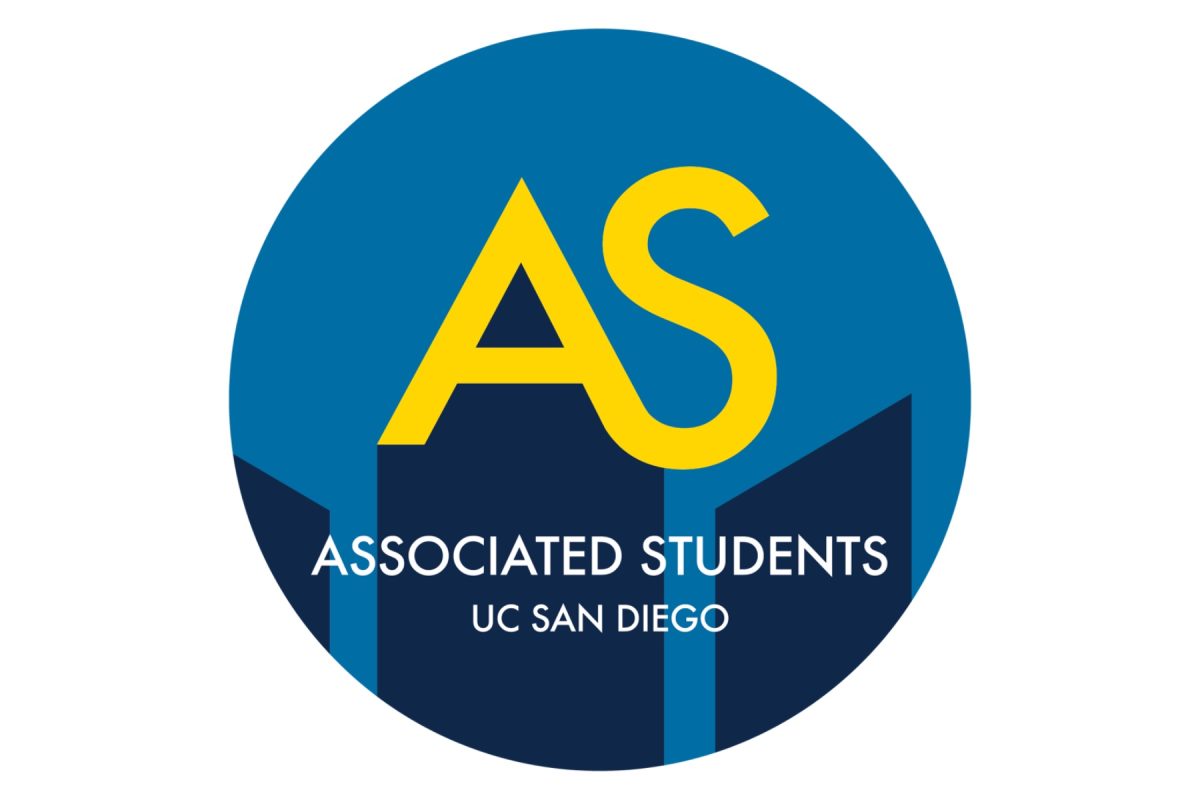UCSD hosted its largest hackathon to date last weekend and attracted students from other California colleges and from out of state. Organized by Triton Engineering Student Council, SD Hacks was able to accommodate over 1000 students from 5000 applicants in a tent at the UCSD Track and Field Stadium.
According to the event’s head organizer and Earl Warren College junior Ryan Hill, UCSD is now one of three colleges in California to host a hackathon on the scale of 1000 participants.
“We sent buses to 11 locations around California,” Hill told the UCSD Guardian. “Students attended from most of the UC [colleges], Caltech, Stanford and USC, to name some of the major ones.”
Hill offered his opinion on the UCSD hacking community and said it was unlike those at many other campuses.
“Having been to a lot of hackathons, a lot of other universities are jealous of UCSD’s computer engineering and hacking community,” Hill said. “Even students from dream tech schools like MIT who come here are amazed with the computer science community, and that’s what allowed this event to come together so well.”
During the 36-hour hackathon, event organizers provided students with resources ranging from mentors to 3-D printers, which students were able to use for a variety of engineering and computer science-based projects.
Though several smaller awards were offered, the grand prize went to a team of UCSD students who created a method of uploading a credit card to a phone and then using an electromagnet to scan the card information into an ordinary card reader.
Some of the other projects included an machine that mixed drinks based on what music is playing, a website that uses machine learning to judge an applicant’s tone in a cover letter and the use of an Oculus Rift to make a virtual-reality model of the earth, a project that was done by Caltech students.
Though it didn’t win any awards, the music-based drink-mixing machine, named DrinkedIn, drew praise from several attendees, including Warren junior Andrew Huang.
“DrinkedIn isn’t the most practical invention,” Huang told the UCSD Guardian. “But it’s certainly creative and one of those that really stood out in both appearance and technical prowess.”
Hill discussed the way that the different schools generally chose to cooperate rather than compete.
“One of the cool things about hackathons is that the students there don’t care so much about where people are from so much as what they’re building,” Hill said. “There’s a lot of pride that students have about where they go to school, and I like that that comes off the table at these events.”
TESC plans to make it a yearly event, and it hopes to be able to admit more people in the future. According to Hill, one idea that is being considered is to host SD Hacks on an aircraft carrier due to its size and unconventional nature.








